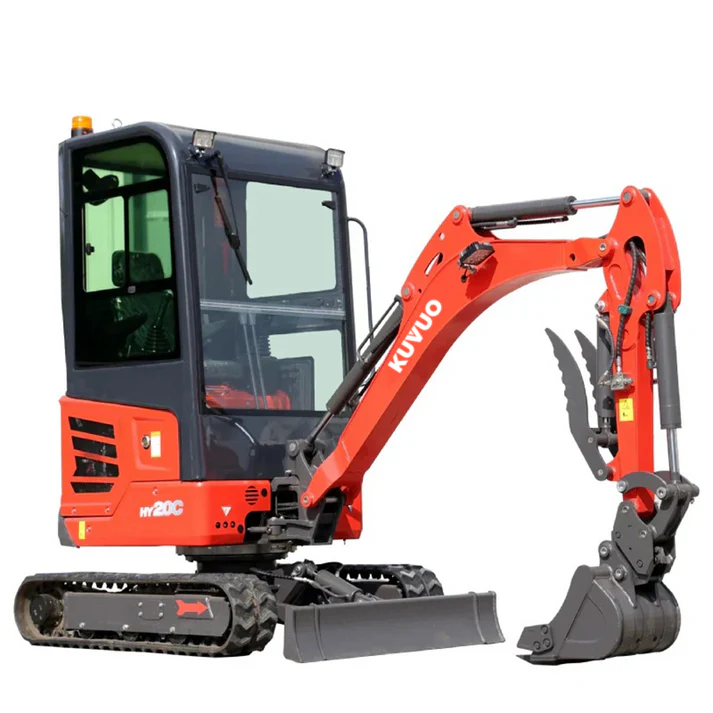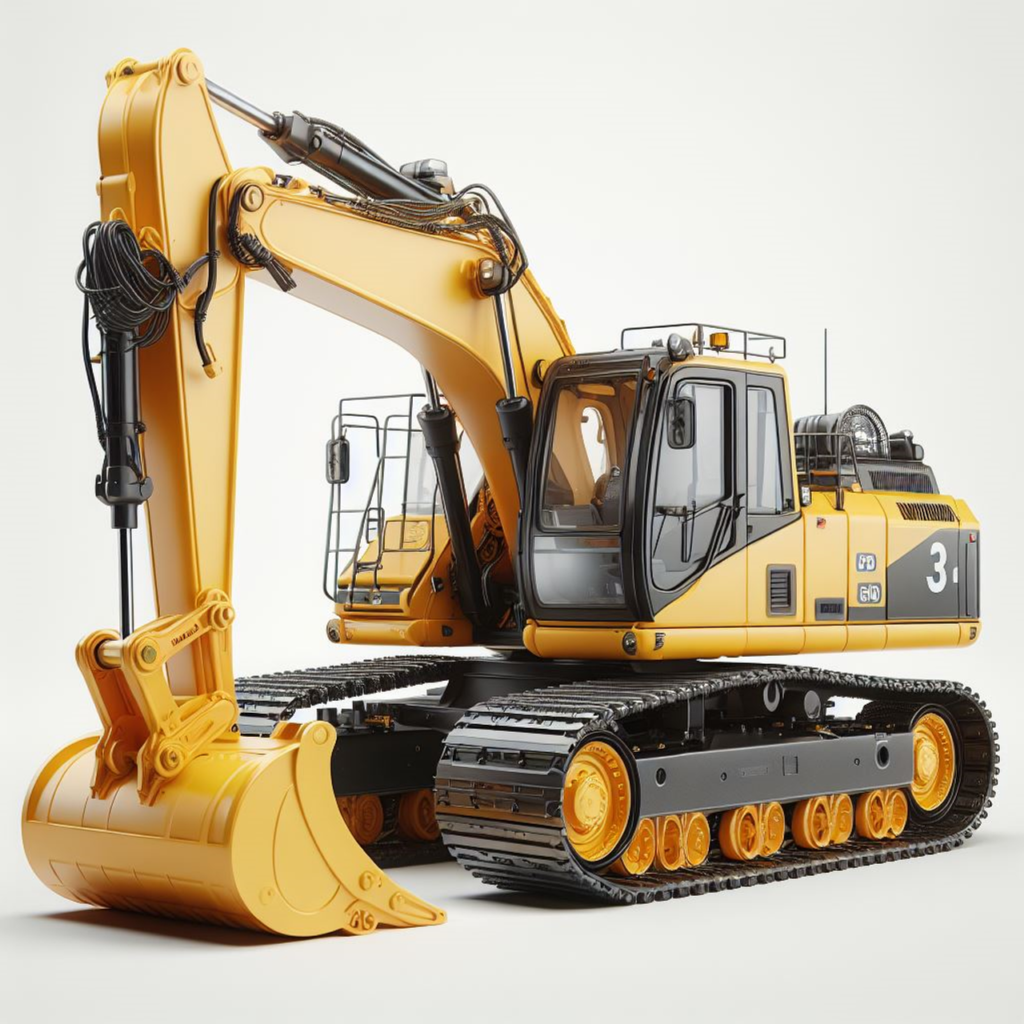Free Shipping Within USA | 1-year Warranty | Self Pick Up
Mini Excavators vs. Standard Excavators: Which One Should You Choose?
Projects involving construction, landscaping, and demolition all depend on excavators in considerable part. Many people struggle to determine whether a mini-excavator or a regular excavator would best suit their needs. The proper path of action depends on the scale of the project, the topography, the accessible space, and the money. Understanding the differences between these two types of excavators would help one to make informed decisions.

What Is a Mini Excavator?
A small, light machine used in demolition, lifting, and excavation is a mini excavator—also known as a compact excavator. Its weight ranges from one to ten tons, making it suitable for small spaces and simple tasks..
Small-scale trenching, home landscaping, and urban building are just a few of the operations that call for accuracy in confined areas, and a small excavator is perfect. Due to their ease of use, fuel efficiency, and minimal impact on the ground, these machines are frequently used by contractors working in areas with restricted mobility.
What Is a Standard Excavator?
More robust and larger, a standard excavator weighs between ten and ninety tons. Other heavy-duty building projects, such as deep excavation, significant demolition, and road construction, are suitable for this use. Jobs needing tremendous power and reach call for standard excavators since they have higher digging depth and lifting capacity.
However, their size requires additional space for operation, making them unsuitable for small or restricted spaces. Commercial buildings, mining, and infrastructure development all find regular application for these technologies.

Key Differences Between Mini and Standard Excavators
The most obvious differences between a small and a normal excavator are in weight and size. Normal excavators are larger and need more space to run, while micro excavators are lightweight and can readily negotiate small areas. The digging depth and reach also vary; micro excavators often reach depths between five to fourteen feet, whereas regular excavators can dig up to thirty feet or more. In terms of mobility, micro excavators are easier to operate and require less specialized heavy-duty vehicles than standard excavators, which depend on more comprehensive transportation equipment.
Fuel economy remains yet another crucial factor. Smaller projects could be able to afford small excavators since they run on less gasoline. Conversely, standard excavators require more fuel because of their powerful engines, which over time could increase running costs. The degree of ground impact varies, too. Mini excavators help to preserve soft ground by lowering ground impact, therefore mitigating damage to already-existing infrastructure risk. Conversely, standard excavators have a larger footprint, which could not be suitable in some cases.
Advantages of Mini and Standard Excavators
Whether tiny or regular, excavators provide a variety of advantages based on the type of job. People highly value mini excavators for their versatility, ease of use, and ability to maneuver in tight spaces. Projects requiring accuracy, such as trenching for utility lines, landscaping, and small-scale buildings, would find their ideal fit in their modest size. They are perfect for homes and cities since they are lightweight and cause little ground damage.
Mini excavators also run on fuel efficiently, which over time lowers running expenses. Small businesses and independent contractors can afford them since they require less maintenance than larger equipment. For individuals unfamiliar with excavation, their simple operation made by their user-friendly controls also helps.
On the other hand, since they provide higher performance and power, traditional excavators are the advised tools for big projects. Built for heavy-duty jobs, including deep excavation, extensive demolition, and earthmoving, they are Major building sitesthat depend on them since their lifting capacity and depth of excavation enable them to manage large loads. Because of their greater weight and size, standard excavators also provide more stability, which qualifies them for use on steep, uneven, or rocky ground.
When to choose a Mini Excavator?
Mini excavators are perfect for projects needing work in confined spaces. Whether the operation requires residential development, urban landscaping, or small-scale trenching, a little excavator is the suitable instrument. For contractors who have to transfer their tools on a frequent basis, it’s also ideal as a standard trailer fits perfectly. Moreover, the lower ground impact of a little excavator ensures the least damage for those working on soft ground or in areas with already-existing infrastructure.
For instance, a little excavator would be the ideal tool if a contractor has to dig a trench for a water pipe in a private backyard. It can handle tight paths, run accurately, and complete the work without unduly damaging the surroundings.
When to Choose a Standard Excavator?
Large-scale building and heavy-duty projects call for standard excavators. A conventional excavator is the preferable choice if the work calls for heavy trenching, large land clearance, or commercial building. These machines may control attachments that boost their capacity and offer the force and reach required to properly complete operations.
In a project involving a multi-story commercial building, a conventional excavator plays a crucial role in large-scale excavation and foundation work. Given its power and efficiency, large-scale building would make the most sense. Still, it’s imperative to ensure the workplace can accommodate the equipment’s dimensions and movement.
Final Thoughts: Which Excavator Is Right for You?
The size, working circumstances, and budget of the project all influence the decision between a standard and a tiny excavator. Mini excavators are ideal for precise, small-scale activities that require agility in confined locations, whereas standard excavators are made for heavy-duty chores that require more power and reach. A tiny excavator is the best option for urban construction, landscaping, and residential projects. However, a normal excavator is the more practical choice for mining, deep excavation, and large-scale infrastructure development.
Builders and contractors can make well-informed judgments that improve efficiency and cost-effectiveness by knowing the essential differences between these machines and the project needs. Whether you’re renovating a little garden or working on a large commercial project, choosing the correct excavator guarantees flawless execution and exceptional results.
